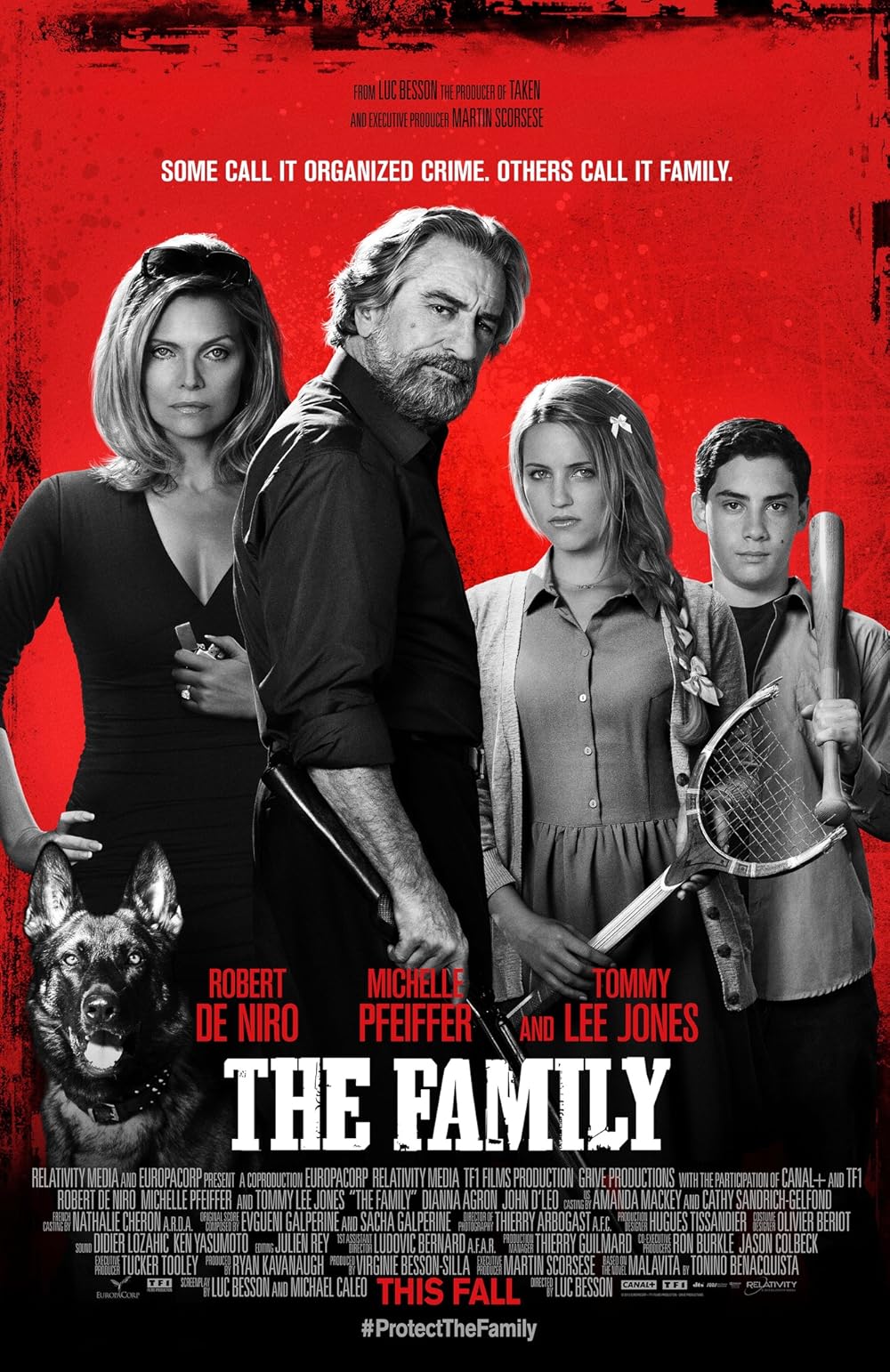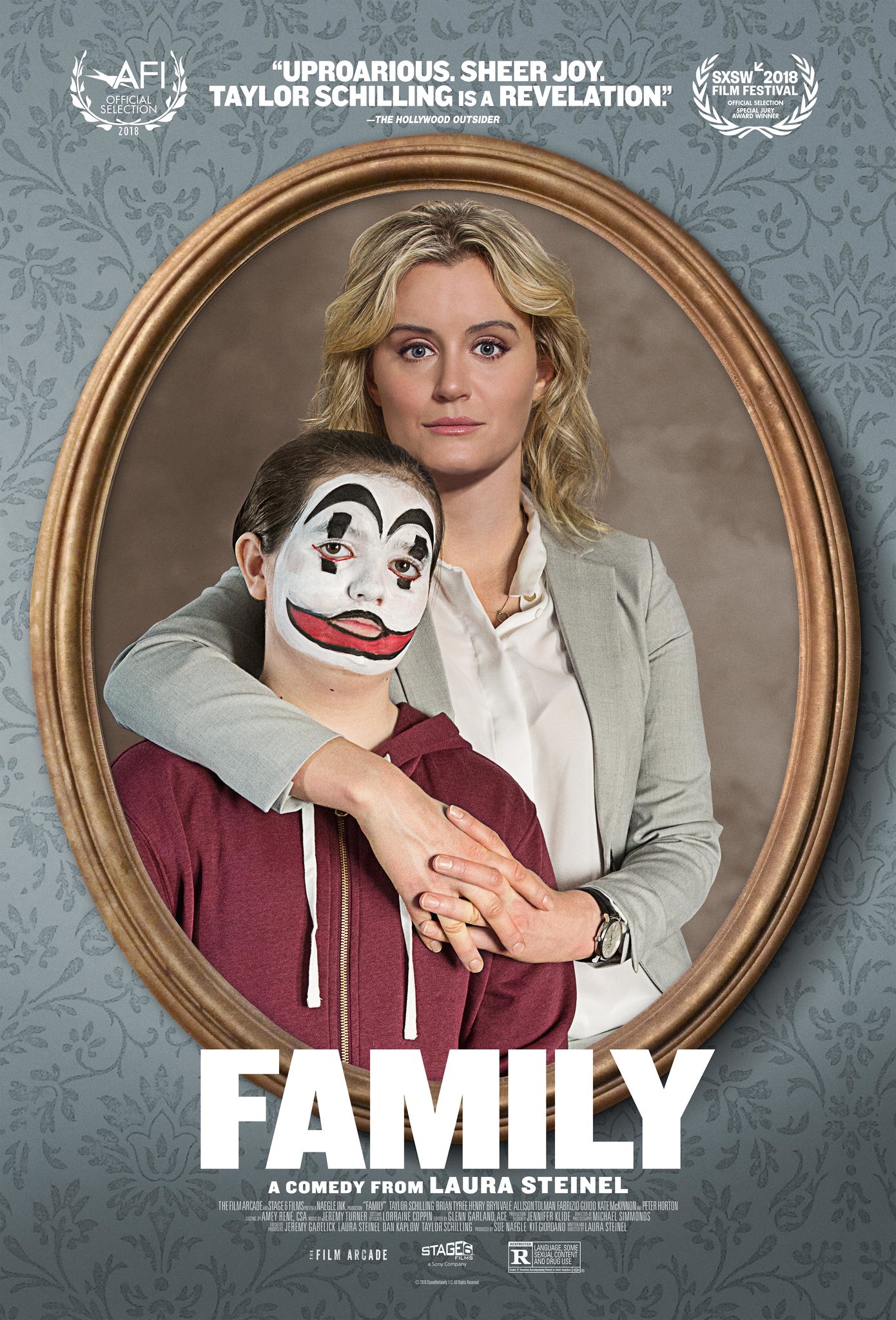

The Family Movie Review Family movie addams review simbasible
Family is an integral part of our lives, representing love, support, and a sense of belonging. It can take various forms, from traditional structures to more modern interpretations that reflect who we are today. Movies often portray these themes beautifully, capturing the essence of familial relationships and their complexities. In this post, we will explore two films that delve into the concept of family in different lights.
The Family (2013)

“The Family,” directed by Luc Besson, intertwines the world of crime and the everyday struggles of family life. The film follows the Manzoni family, who enter the witness protection program after their mobster patriarch, Giovanni Manzoni, testifies against his former associates. The family, which includes Giovanni’s wife, Maggie, and their teenage children, Belle and Warren grapples with adapting to a new life in France while clinging to their old habits.
The film artfully balances dark comedy and action, serving as a commentary on how familial bonds endure amidst chaos and conflict. The struggles faced by the Manzoni family portray how even in the most unconventional situations, familial love and loyalty shine through. The cast, featuring well-known actors like Robert De Niro and Michelle Pfeiffer, delivers strong performances that intertwine humor with the seriousness of the situation they find themselves in.
The humor in “The Family” emerges not merely from the situations faced but also from the character interactions and their stubborn adherence to their preconceived notions of family honor and loyalty. The film explores the idea that even when set against the backdrop of criminal life, family members often find ways to support and protect one another, sometimes through misguided but heartfelt attempts.
As the story unfolds, audiences witness the evolution of the Manzoni family. From their initial struggles of fitting into a new community to their inherent tendencies to revert to their old ways, the movie provides a mix of introspection and entertainment. It asks us to ponder—what does it mean to be a family? Is it the shared blood, shared experiences, or something far deeper, rooted in love and sacrifice?
Family (2018)

Transitioning to a more modern take on family, “Family” (2018) adopts a different approach, showcasing the dynamics of contemporary relationships. This comedy-drama revolves around a busy career woman who unexpectedly becomes the guardian of her estranged niece. Through this abrupt shift in roles, the film delves into the idea of finding familial connections in unexpected circumstances.
As the plot unfolds, we see the protagonist, who is seemingly too self-absorbed to consider the needs of others, confronted with the reality of being responsible for someone else’s well-being. The screenplay delivers both laughter and heartfelt moments, showing the gradual shift in her character as she learns to embrace her role as a caretaker. The film’s humor often arises from the contrast between her independent lifestyle and the demands of raising a child.
This film explores how family can mean taking on roles and responsibilities that we might not be prepared for but finding joy and purpose in those experiences. It showcases the theme of family as something that does not simply happen by chance but can be cultivated through love, acceptance, and, importantly, shared experiences.
The relationship that unfolds in “Family” not only highlights the struggles of parenting in a fast-paced world but also emphasizes that the bonds created through nurturing relationships can significantly impact our understanding of family. The film’s relatable characters and situations resonate with audiences, proving that family is not just a title; it is about the emotional connections we build.
As we analyze both films, “The Family” and “Family,” we can draw remarkable parallels and contrasts in how they represent familial ties. While “The Family” reflects a more traditional, albeit chaotic, family structure steeped in crime and strife, “Family” embodies a modern narrative that challenges our understanding of familial connections in a busy, disjointed world.
In an age where the definition of family seems to morph and redefine itself continually, these films remind us of the core elements that make a family—love, acceptance, resilience, and, above all, the commitment to stand by one another, regardless of the circumstances.
Both films invite us to reflect on our relationships. Whether it’s through a lens of crime or the modern-day hustle, they ask viewers to consider what they value in their familial relationships. Are we so consumed by our daily lives that we forget to cherish those close to us? Or are we, like the characters on screen, just needing to redefine what family means to us?
Through the lens of cinema, we gain insights into the complexities of family life. Movies like “The Family” and “Family” contribute to this discourse, giving viewers not just entertainment but also food for thought regarding their own family experiences. As we share stories, laugh, cry, and grow, we learn that at the heart of family lies the strength to face challenges together, the courage to re-evaluate relationships, and the wisdom to appreciate the love that sustains us.
Ultimately, what resonates deeply in both narratives is the enduring spirit of family through trials, laughter, and love. The struggles faced by the Manzoni family and the protagonist in “Family” remind us that family, in all its forms, is both a mosaic of different experiences and an anchor that provides solace during life’s storms.
In conclusion, as you watch these films, take a moment to reflect on your family dynamics. Consider how you can foster those connections, be they through shared experiences or even embracing new roles within your ever-evolving family structure. After all, family is not just where we come from—it’s the foundation that shapes who we are.







